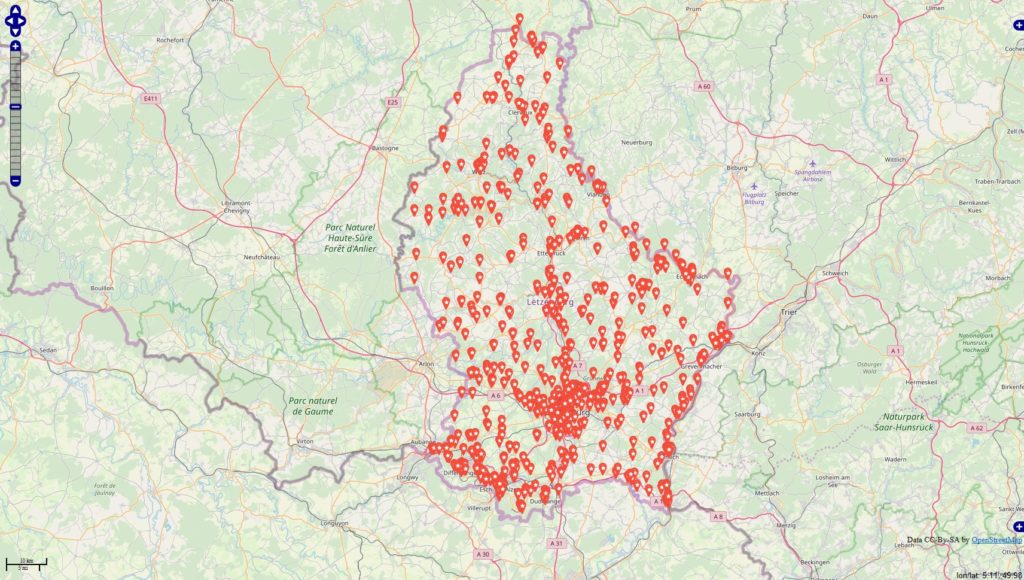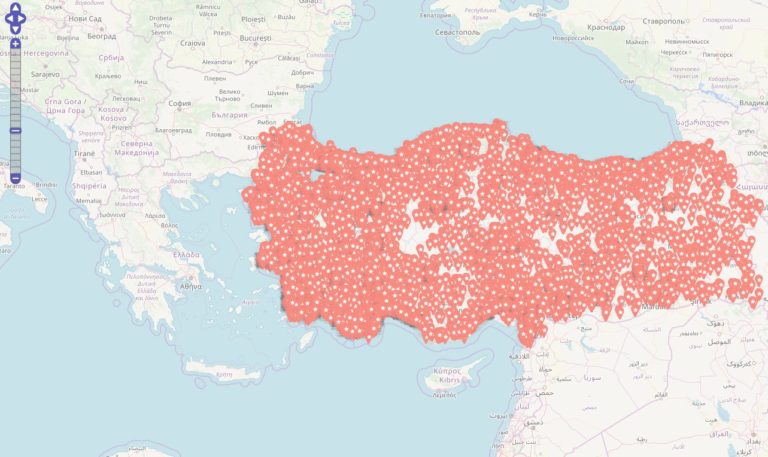
The former contains all the collected signal data, while the latter consists of two Microsoft Excel files containing information about the studied vehicles. The dataset is distributed from the authors’ GitHub repository and consists of two subsets named dynamic and static data. Please see the paper for an official description of the dataset and its contents. These data were collected from November 2017 to November 2018 in Ann Arbor and refer to a sample of 383 vehicles of diverse types and power sources.


Leblanc, and Huei Peng published a paper on the Vehicle Energy Dataset (VED) containing one year’s worth of vehicle trajectory and energy consumption data. Tools such as this one will make your life easier when creating and inspecting your dataset, and I have found their use to be invaluable.
Sqlitestudio api install#
In this article, I illustrate such use with a dataset of vehicle fuel and electric energy consumption, which is medium-size, as described above.īefore we move along, I advise you to install an SQLite database editor such as SQLiteStudio. The Python distribution comes packaged with an implementation of this database with a straightforward and intuitive API. A natural local database choice for such an environment is SQLite. My regular setup is the Jupyter notebook supported by the Python machine learning and data analysis ecosystem. You can fit the data in local storage and just bring into memory what you need to handle. There are several solutions to handle medium-sized datasets, and my favorite is to use a local database. They are either small enough to fit your RAM but too cumbersome to handle or just a bit larger than your memory but not worthy of the cluster cost. You gladly pay the price of the required cluster just to handle all that goodness. They have lots of data and the promise of exciting models and analyses. You can load them into memory and manipulate them at will, no sweat.


 0 kommentar(er)
0 kommentar(er)
